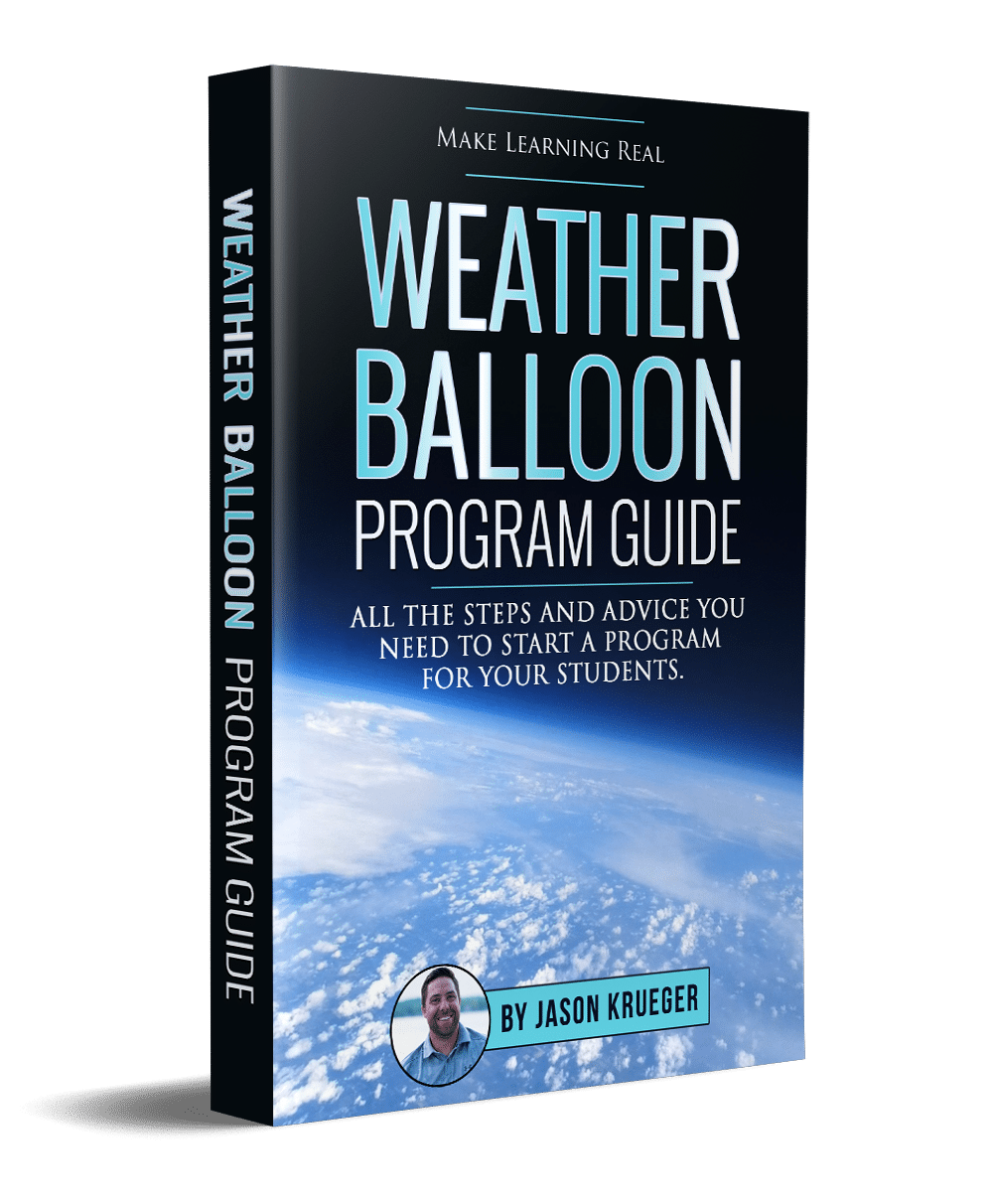Getting students excited about learning can be difficult, especially during the first few months of school. Students are still thinking about their summer vacation and starting to countdown the days to the next break. The good news is, there are plenty of great ways to get your students involved and excited. Project-based learning is a method that gets students out of their seats and into the field as they build, explore, and learn by doing.
To help you get started planning your own classroom activities, here are a few creative and fun ideas:
Angry Birds catapult building teaches architecture, math, and physics.
If your students have trouble disconnecting with technology, then turn their love of apps and digital gaming into a project-based learning opportunity. Start by breaking your classroom up into groups and give them supplies like popsicle sticks, glue, and rubber bands. Instruct them to create a catapult or slingshot they can use to launch a plush Angry Bird across the room. Meanwhile, set up a series of challenges and towers that students have to knock down with their catapults. Without knowing it, your students will be studying architecture, math, and physics. You can add another element to the activity by awarding the team with the best design, which will help students focus on a more artistic approach to building their catapult.
The classic egg drop experiment encourages students to explore design and physics.
What student doesn’t love the potential for disaster? We’re talking about the type of disaster that happens when an egg splats on the parking lot. For this experiment, provide groups of students with various materials like tissue boxes, string, tissue paper, straws, and tape. Explain that you’ll be dropping their egg from the top of a ladder. The goal of this project-based learning activity is to keep the egg as safe as possible during the fall. Students will have the opportunity to work on design, physics, and science during this project. Afterward, you can discuss the impact of energy on an object and gravitational pull.
Salt dough maps teach geography, elevation, and map reading.
Salt dough maps are the perfect way to get younger students excited about geography. You can assign each student a different country and help them make their dough. Using four cups of flour, 2 cups of salt, 2 cups of water, and two tablespoons of cream of tarter, have the students mix the dough. When it’s ready, students can use the dough to form the countries. This is a great way to teach about elevation, geography, and map reading. Bonus: you can teach kids how to use a map key to identify the different elevation points and bodies of water.
Weather balloon projects engage with students in out of this world ways.
It doesn’t matter what age your students are, they’ll love sending their own experiment into space. A weather balloon is the perfect way to get students excited about science and math. Your class will be able to help design an experiment, hypothesize about the impact of space on the experiment, and track the balloon as it soars higher and higher. Plus, when the balloon comes back down, students will be able to review the experiment and discuss the final results. A weather balloon project is the perfect way to get students excited about space and the scientific process.
Want to learn more about project-based learning and how to implement it into your classroom? Be sure to download our e-book, “Intro to Project-Based Learning & STEM” to learn about project-based learning as a way to increase the retention of important information.


